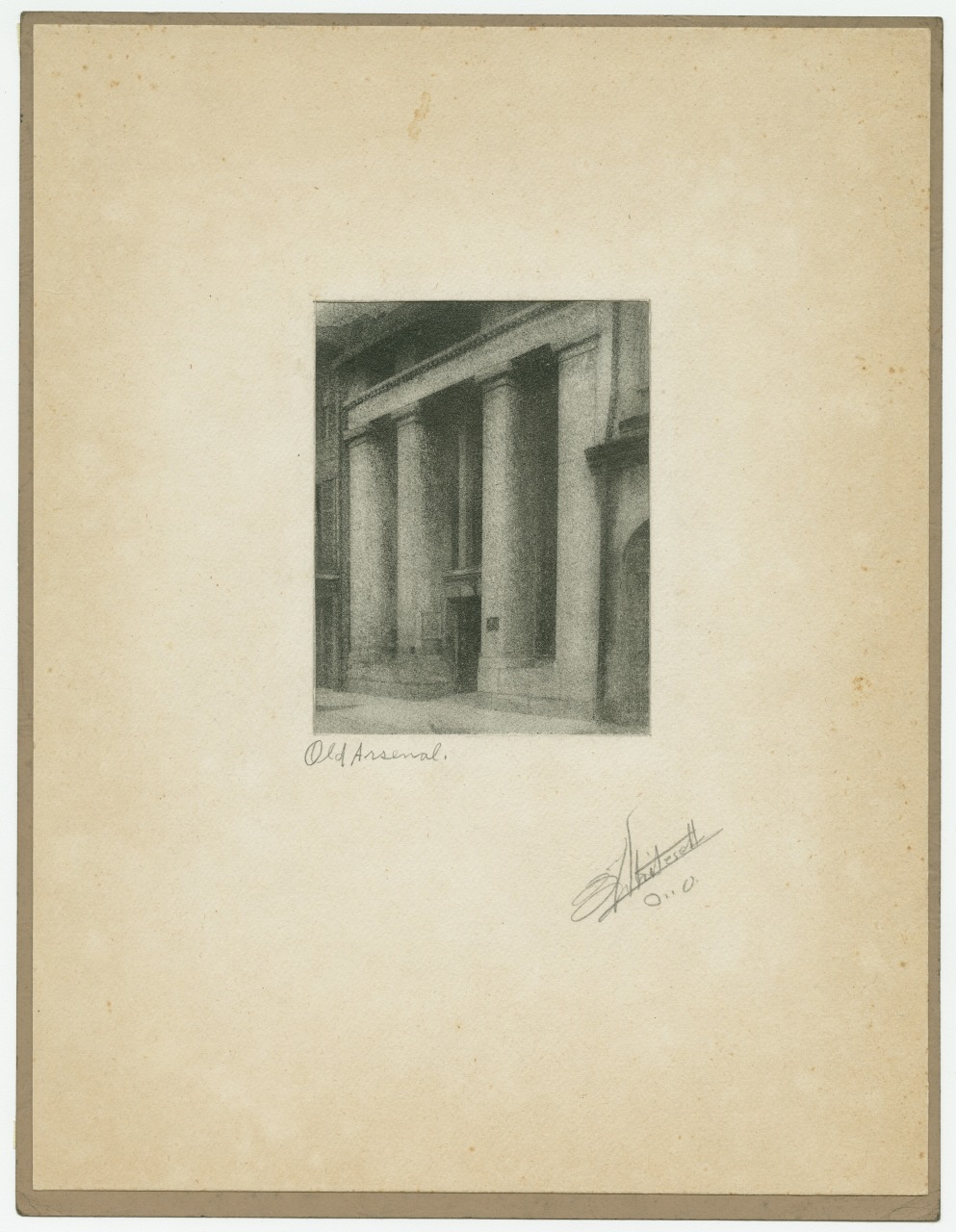Both the bromoil and bromoil transfer processes were very popular among pictorialists—adherents to a late nineteenth-century romantic photographic movement—due to the amount of control the artist can have over the texture and tone of final print.
The bromoil process starts with a photographic print (made in the ordinary way of developing, washing and fixing), on gelatin silver bromide or gelatin chlorobromide paper. After the print has dried, it is wetted again and put into a bleach bath. The silver image begins to fade in this bath, and the gelatin hardens, or becomes “tanned,” in relation to the shadows and highlights in the original exposure. This step in the process creates what is called a matrix. After another round of washing and fixing, the paper is dried and ready to inked.
The matrix is again soaked in water, which forces the gelatin to swell. An oil-based ink is then applied to the paper. Various application techniques can be used, including brushing or rolling. The swollen gelatin repels ink from the highlights in the image and proportionally admits ink into the mid-tones and shadows, creating an image with a full tonal range. After the print has been sufficiently inked, it must be dried completely. A varnish is an optional choice to protect the image surface. Bromoil transfers are also possible. A print is coated in ink, sandwiched with a blank piece of paper, and then run through a press.
The bromoil and bromoil transfer processes were very popular among pictorialists due to the amount of ink that can be applied and therefore the amount of control the artist can have over the final product. The process was popular until the 1930s.

Old Arsenal
bromoil transfer print; 1930s
by Joseph Woodson “Pops” Whitesell
The Historic New Orleans Collection, 1978.122.5
